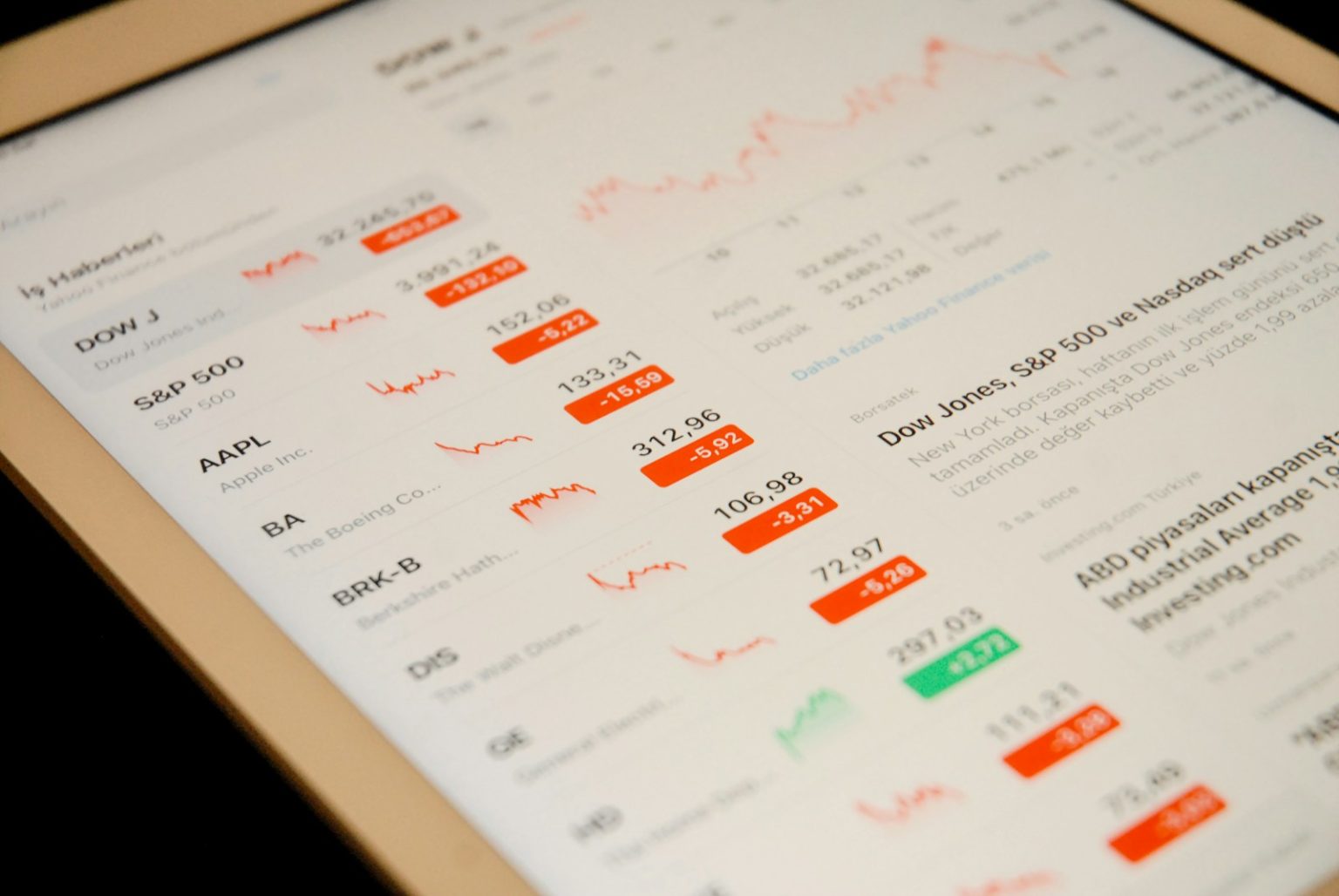Historical Economic Parallels
During his appearance, Fisher highlighted specific economic indicators that show remarkable similarities to 1998, a year marked by significant market volatility following the Asian financial crisis, which began in 1997 and continued to impact global markets.
Fisher noted that, like in 1998, our current economy features a combination of moderate growth, controlled inflation concerns, and central bank policy adjustments. The Federal Reserve was actively managing monetary policy then, much as it is now, though under different circumstances.
What we’re seeing today bears a strong resemblance to 1998 in several key aspects,” Fisher explained. “The market reactions, the policy responses, and even some of the underlying economic fundamentals show patterns that investors should recognize.”
Market Implications
For investors, these parallels could provide valuable insights into potential market movements. 1998 was initially challenging for markets but ultimately led to a strong recovery period. Fisher suggested that understanding this historical context might help investors navigate current uncertainties.
Fisher noted that in 1998, following initial turbulence, markets stabilized and entered a growth phase. He indicated that similar outcomes could materialize in the current economic cycle, though he cautioned against assuming identical results.
“Markets never repeat exactly, but they often rhyme,” Fisher stated. The patterns we’re seeing suggest potential opportunities for those who understand the historical context.
Key Economic Indicators
According to Fisher, several specific indicators demonstrate the parallels between now and 1998:
- Central bank policy adjustments following periods of tightening
- Global economic concerns drive market volatility
- Shifting investor sentiment between risk-on and risk-off positions
- Technology sector performance relative to broader markets
Fisher emphasized that while these similarities are notable, today’s economy also features unique elements, including distinct technological landscapes, diverse trade relationships, and varied fiscal policy environments.
The investment expert also addressed how global economic relationships have evolved since 1998, noting that while the players may have changed, many of the fundamental market mechanics remain consistent.
Long-term Investment Strategy
Fisher used these historical comparisons to reinforce his views on long-term investment strategy. He suggested that understanding these economic cycles can help investors maintain perspective during periods of market uncertainty.
“Looking at these historical parallels helps us avoid overreacting to short-term market movements,” Fisher explained. “The lessons from 1998 suggest that maintaining a disciplined, long-term approach remains essential.”
Fisher’s analysis comes as investors grapple with questions about inflation, interest rates, and prospects for economic growth. His historical perspective provides a framework for evaluating current market conditions in relation to previous economic cycles.
As markets continue to process economic data and central bank decisions, Fisher’s observations offer context for understanding how similar conditions have unfolded in the past. While acknowledging that no historical comparison is perfect, Fisher maintained that the parallels to 1998 provide valuable insights for navigating today’s investment landscape.
Featured Image Credit: Photo by Artem Podrez; Pexels







